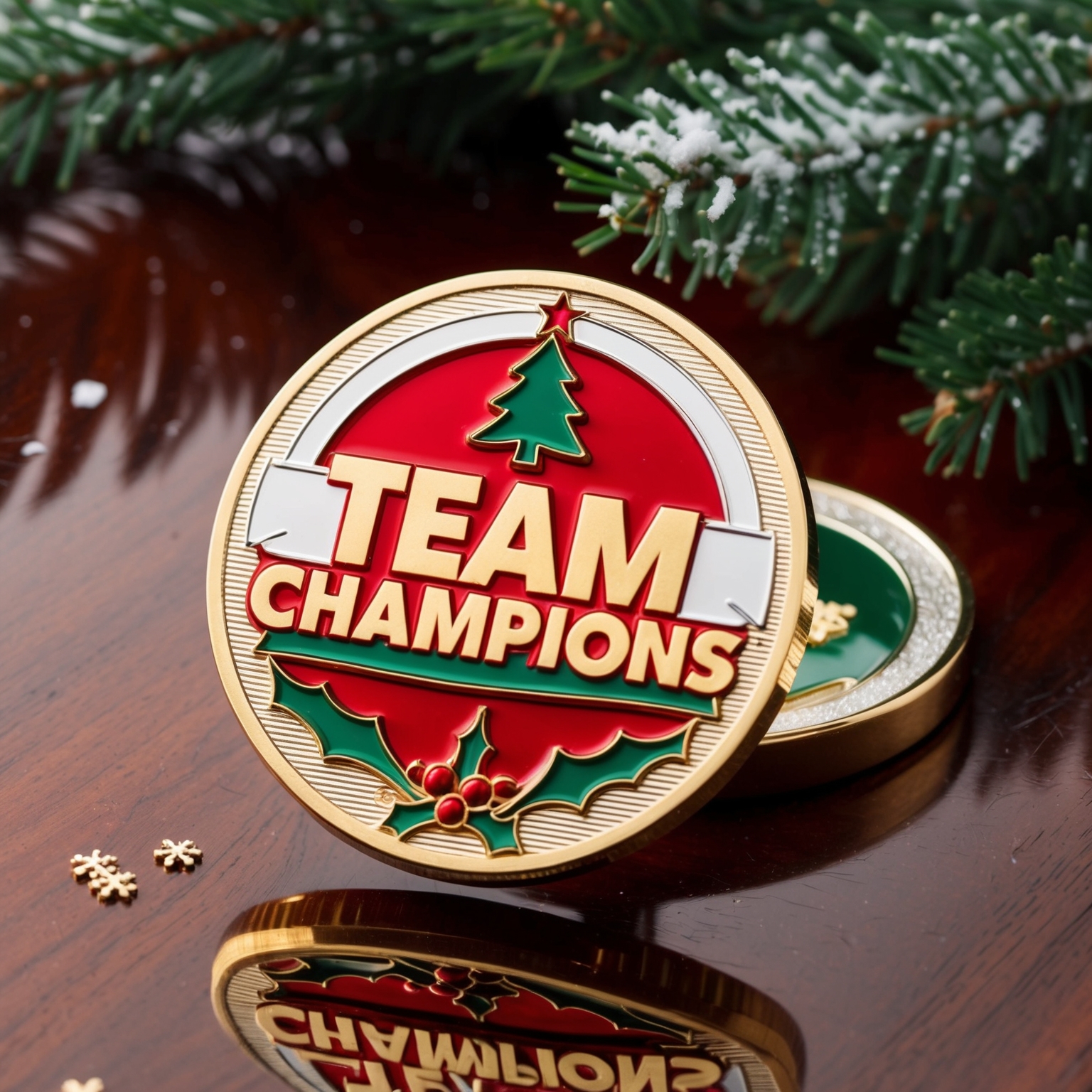The Importance of Coin Preservation
For collectors, coins are more than just monetary items; they are pieces of history, art, and culture. Whether they are ancient relics, rare finds, or commemorative pieces, coins hold significant value, both sentimentally and financially. However, to maintain their beauty, integrity, and value, it is crucial to understand and practice proper coin preservation.
Coin preservation involves protecting coins from damage, deterioration, and environmental factors that can compromise their condition. Factors such as humidity, temperature fluctuations, and improper handling can lead to issues like corrosion, tarnish, and wear. In this comprehensive guide, we will explore the best practices for preserving coins, including proper storage techniques, handling guidelines, and maintenance tips. Whether you’re a novice collector or an experienced numismatist, this guide will provide valuable insights to help you protect your valuable coin collection.
1. Understanding Coin Materials and Their Vulnerabilities
Why is it important to understand the materials of your coins, and how do these materials affect preservation?
Solution: Coins are made from various materials, each with unique properties and vulnerabilities. Common materials include precious metals like gold and silver, base metals like copper and nickel, and alloys like bronze. Understanding the composition of your coins is essential for determining the appropriate preservation methods.
- Gold Coins: Gold is relatively inert and resistant to tarnish and corrosion. However, gold coins can still be susceptible to scratches and dents if not handled properly. They should be stored in a way that minimizes contact with other objects.
- Silver Coins: Silver is prone to tarnishing due to its reaction with sulfur compounds in the air. This tarnish, known as patina, can range from a light golden hue to a dark black. While some collectors value the patina as part of the coin’s history, others may prefer to keep their silver coins in their original luster.
- Copper Coins: Copper is highly reactive and prone to oxidation, resulting in a greenish layer known as verdigris. This oxidation can be harmful to the coin’s surface and should be prevented through proper storage.
- Nickel and Other Alloys: Coins made from nickel or other alloys can also tarnish or corrode over time. The specific care required depends on the metals involved and their reactivity.
Understanding the materials of your coins helps in selecting the right preservation techniques and storage materials, ensuring that each coin is protected according to its specific needs.
2. Proper Handling Techniques
How can improper handling damage coins, and what are the best practices for handling them?
Solution: Improper handling is one of the most common causes of coin damage. Oils, dirt, and other contaminants from your skin can transfer to the coin’s surface, leading to discoloration, tarnish, and even corrosion. Additionally, rough handling can cause scratches, dents, and other physical damage.
Best practices for handling coins include:
- Wear Gloves: Always wear clean, lint-free cotton gloves when handling coins. This prevents oils and dirt from your fingers from coming into contact with the coin’s surface.
- Handle by the Edges: Hold coins by their edges to avoid touching the obverse (front) and reverse (back) surfaces. This minimizes the risk of leaving fingerprints or smudges.
- Use a Soft Surface: When examining coins, place them on a soft, clean surface like a velvet pad or a cloth. This provides a cushion and reduces the risk of scratching.
- Avoid Dropping Coins: Handle coins gently and avoid sudden movements that could cause them to fall. Dropping a coin can result in significant damage, especially to softer metals like gold.
By following these handling techniques, you can minimize the risk of damage and maintain the condition of your coins.
3. Choosing the Right Storage Solutions
What are the best storage solutions for coin preservation, and how do they protect coins?
Solution: Proper storage is crucial for preserving the condition of your coin collection. The right storage solutions protect coins from environmental factors like humidity, temperature fluctuations, and contaminants.
Common storage solutions include:
- Coin Holders and Flips: Coin holders and flips are small, individual cases made of materials like cardboard, plastic, or Mylar. They protect coins from physical damage and contaminants. However, it’s important to choose holders that are free of PVC (polyvinyl chloride), as PVC can release harmful chemicals over time.
- Coin Albums and Binders: Coin albums and binders are designed to hold multiple coins in protective sleeves. They are an excellent way to organize and display a collection. Look for albums with acid-free pages and PVC-free sleeves.
- Coin Capsules: Coin capsules are hard plastic cases that provide an airtight seal around individual coins. They offer excellent protection against moisture, dust, and physical damage. Coin capsules are ideal for high-value or fragile coins.
- Safe Deposit Boxes and Safes: For valuable or rare coins, consider storing them in a safe deposit box or a home safe. This provides an extra layer of security against theft and environmental damage. Ensure that the storage environment is temperature and humidity-controlled.
The choice of storage solution depends on the size of your collection, the value of the coins, and your display preferences. Regardless of the method, the key is to provide a stable, protective environment for your coins.
4. Controlling Environmental Factors
How do environmental factors like humidity, temperature, and light affect coin preservation?
Solution: Environmental factors can significantly impact the preservation of coins. To protect your collection, it’s essential to control humidity, temperature, and light exposure.
- Humidity: High humidity can lead to corrosion, especially for coins made of reactive metals like copper and silver. To prevent this, store coins in a dry environment with a relative humidity level of around 30-50%. Using silica gel packs or dehumidifiers in storage areas can help control moisture levels.
- Temperature: Extreme temperatures and temperature fluctuations can cause coins to expand and contract, leading to physical stress and potential damage. Store coins in a stable environment with a moderate temperature range, ideally between 60-75°F (15-24°C).
- Light Exposure: Prolonged exposure to light, especially ultraviolet (UV) light, can cause coins to discolor or fade. Store coins in a dark environment or use UV-protective materials to shield them from light.
By maintaining a stable, controlled environment, you can significantly reduce the risk of environmental damage to your coin collection.
5. Cleaning and Maintenance of Coins
Is it necessary to clean coins, and what are the best practices for doing so?
Solution: Cleaning coins is a controversial topic among collectors. In many cases, it’s best to avoid cleaning coins, as improper cleaning can cause more harm than good. Cleaning can scratch the surface, remove natural patina, and reduce the coin’s value. However, in some cases, gentle cleaning may be necessary to remove contaminants.
Best practices for cleaning coins include:
- Avoid Harsh Chemicals: Never use abrasive cleaners, polish, or chemicals like vinegar or lemon juice. These can damage the coin’s surface.
- Use Distilled Water: If cleaning is necessary, use distilled water and a soft brush to gently remove dirt. Avoid using tap water, as it may contain minerals that can leave deposits.
- Dry Thoroughly: After cleaning, gently pat the coin dry with a soft, lint-free cloth. Avoid rubbing, as this can scratch the surface.
- Seek Professional Help: For valuable or rare coins, it’s best to consult a professional numismatist or conservator before attempting any cleaning. They can provide expert advice and ensure that the cleaning process is done safely.
In general, it’s advisable to leave coins in their natural state, as any cleaning can potentially alter their appearance and reduce their value.
6. Documenting and Cataloging Your Collection
How can collectors effectively document and catalog their coin collections?
Solution: Documenting and cataloging your coin collection is an essential aspect of coin preservation. A well-maintained catalog provides a comprehensive record of your collection, including important details about each coin.
Steps for cataloging include:
- Create a Digital or Physical Catalog: Use a spreadsheet, database, or specialized software to create a catalog. Include information such as the coin’s date, denomination, material, condition, and any notable features.
- Photograph Your Coins: Take high-quality photos of each coin, capturing both sides and any unique details. This visual record is useful for insurance purposes and sharing with other collectors.
- Record Provenance and History: Document any provenance information, such as previous owners, purchase history, and accompanying certificates of authenticity.
- Update Regularly: Keep your catalog up to date by adding new acquisitions and noting any changes in condition or value.
A detailed catalog not only helps you keep track of your collection but also adds to its value by providing a complete record of each coin’s history and condition.
7. Understanding Coin Grading and Its Importance
What is coin grading, and why is it important for coin preservation?
Solution: Coin grading is the process of evaluating a coin’s condition and assigning it a grade based on a standardized scale. Grading is important because it provides a clear, objective assessment of a coin’s condition, which is a key factor in determining its value.
Grading scales typically range from:
- Poor (P-1): A heavily worn coin with little to no detail remaining.
- Good (G-4): A coin with significant wear but still recognizable details.
- Fine (F-12): A coin with moderate wear and clear details.
- Very Fine (VF-20): A coin with light to moderate wear and sharp details.
- Extremely Fine (EF-40): A coin with minimal wear and nearly complete details.
- Uncirculated (MS-60 to MS-70): A coin with no wear and perfect or nearly perfect condition.
Benefits of coin grading:
- Determining Value: Grading provides a standard for assessing a coin’s condition, which is a crucial factor in determining its market value.
- Authentication: Professionally graded coins are often authenticated and encapsulated in a protective holder, providing assurance of their authenticity.
- Ease of Buying and Selling: Graded coins are easier to buy and sell, as the grade provides a clear indication of the coin’s condition and value.
For valuable or rare coins, it’s advisable to have them professionally graded by a reputable grading service. This not only helps in determining their value but also adds an extra layer of protection through encapsulation.
8. Insurance and Security for Your Collection
How can collectors protect their coin collections from theft, loss, and damage?
Solution: Protecting your coin collection involves both physical security measures and financial safeguards. Here are some steps to consider:
- Secure Storage: Store valuable coins in a safe deposit box at a bank or a secure home safe. Ensure that the safe is fireproof and located in a discreet, secure area.
- Insurance: Insure your collection against theft, loss, and damage. Many insurance companies offer policies specifically for collectibles. Be sure to provide detailed documentation and photographs of your collection for the insurance records.
- Home Security Systems: Consider installing a home security system with alarms and surveillance cameras. This adds an extra layer of protection against theft.
- Discretion: Avoid discussing the specifics of your collection publicly or online. The fewer people who know about the details of your collection, the better protected it is.
By taking these precautions, you can safeguard your collection against potential threats and ensure its longevity.
9. Participating in the Coin Collecting Community
How can engaging with the coin collecting community enhance your knowledge and preservation efforts?
Solution: Engaging with the coin collecting community offers numerous benefits, including access to information, resources, and networking opportunities. Here are some ways to get involved:
- Join Numismatic Societies: Joining local or national numismatic societies provides access to educational resources, publications, and events. These organizations often host coin shows, auctions, and seminars.
- Attend Coin Shows and Conventions: Coin shows and conventions are excellent opportunities to meet other collectors, view unique coins, and learn from experts. They also provide a venue for buying, selling, and trading coins.
- Participate in Online Forums and Groups: Online forums and social media groups dedicated to coin collecting are valuable resources for sharing information, asking questions, and discussing preservation techniques.
- Connect with Dealers and Experts: Building relationships with reputable dealers and numismatists can provide access to expert advice and rare coins. These connections can also help in authenticating and grading coins.
Active participation in the coin collecting community enhances your knowledge, helps you stay informed about market trends, and provides support for your preservation efforts.
10. Continuing Education and Staying Informed
Why is ongoing education important for coin collectors, and how can they stay informed about best practices in coin preservation?
Solution: Ongoing education is crucial for coin collectors to stay informed about best practices in coin preservation, market trends, and new developments in the field. Continuous learning helps collectors make informed decisions about their collections and preservation methods.
Ways to continue your education include:
- Reading Numismatic Literature: Books, magazines, and online articles on coin collecting and preservation offer valuable insights and information.
- Taking Courses and Workshops: Many numismatic societies and institutions offer courses and workshops on various aspects of coin collecting, including preservation techniques.
- Attending Seminars and Conferences: Numismatic conferences and seminars provide opportunities to learn from experts and stay updated on the latest trends and technologies.
- Following Market Trends: Keep an eye on market trends, auction results, and price guides to understand the value of your collection and the factors that influence it.
By staying informed and continuing your education, you can enhance your preservation efforts and make the most of your coin collecting experience.
The Lifelong Journey of Coin Preservation
Coin preservation is an ongoing process that requires knowledge, care, and attention to detail. Whether you are a novice collector or an experienced numismatist, understanding the principles of coin preservation is essential for protecting the value and integrity of your collection. From proper handling and storage to controlling environmental factors and engaging with the collector community, each aspect of preservation plays a crucial role in maintaining the condition of your coins.
By following the best practices outlined in this guide, you can ensure that your coins remain in excellent condition for years to come. Remember that each coin in your collection is a piece of history, and preserving its beauty and significance is a rewarding and valuable endeavor. As you continue your journey in coin collecting, embrace the joy of learning, exploring, and protecting these precious artifacts.
If you are interested in designing your very own high-quality custom challenge coins feel free to call us at 855-471-6752 or fill out one of our FREE QUOTE FORMS.



